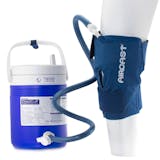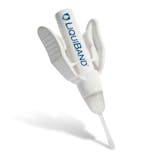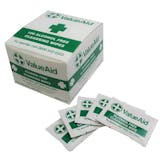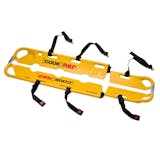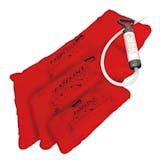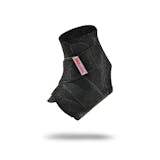Wry Neck
What is Wry Neck?
Wry neck usually occurs as a result of sudden quick movement of the neck causing the disc in the neck to slip out of place. This can be whilst heavy lifting, bending, of twisting or of the neck. Wry neck can also occur as a result of overuse injury from poor posture, excessive craning of the neck forward in activity, slouching and lifting. Facet Joints are found in the back which help support the weight and control the movement between the individual vertebrae of the spine. Menisci are found between these facet joints and act as a shock absorber for the spine. Wry neck occurs when these menisci move out of position and become trapped between the joint surfaces and the facet joints lock.Causes
- Sudden quick movement of the neck
- Heavy lifting
- Overuse injury
- Poor posture
Symptoms
- Severe lower neck pain
- Inability to move the neck
- Pain felt most in the morning
- Favouring one side of the neck away from pain
- Pain may spread to the shoulder and arm
- Headaches
Treatment
- RICE method
- Rest
- Stretching and strengthening exercises
- Physiotherapy
- Maintaining good posture









